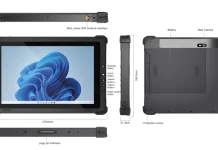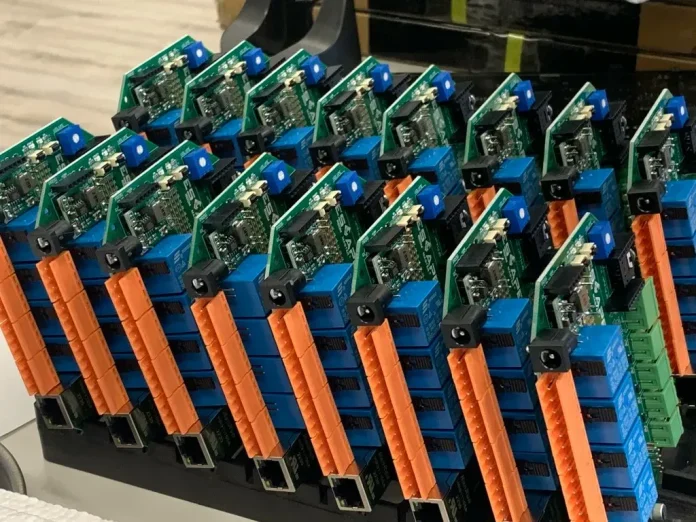Welcome to our pleasant manual on maximizing efficiency in DIP meetings! If you are an electronics professional trying to beautify your productivity, you have come to the right place. In the trendy, fast-paced world of electronics manufacturing, performance is critical. The capacity to collect Dual In-line Packages (DIP) quickly and accurately is crucial for meeting deadlines and delivering high-quality merchandise.
DIP meeting is an essential part of electronic circuits regarding the soldering of components onto a broadcast circuit board (PCB). However, this procedure can pose several challenges for electronics specialists. From managing issue stock to troubleshooting common problems, numerous factors can affect productivity. But fear not! This weblog will offer strategies and techniques to streamline your DIP assembly manner and maximize efficiency.
Before diving into the nitty-gritty of a DIP meeting, it’s vital to prepare effectively. Proper planning and organization are crucial to an easy assembly procedure. Start by ensuring you have all the necessary tools and substances handy.
Includes a soldering iron with specific hints for diverse issue sizes, solder wire, flux, desoldering wick, and tweezers. Additionally, having a well-prepared workspace setup can impact your efficiency. Keep your tools smartly organized and without difficulty on hand to avoid wasting time attempting to find them.
Now that you’re organized, permit destroying the DIP assembly manner into logical steps. The first step is inventory management. It’s essential to have a gadget for organizing and labeling your components. It will prevent effort and time while attempting to find unique elements at some stage in assembly. Consider using small storage containers or drawer organizers to keep your additives looked after and effortlessly identifiable. Label each box with the element name, price, and quantity for reference.
PCB education is essential for accurate assembly. Aligning the soldering pads ensures connections between the additives and the PCB. To reap this, use alignment jigs or templates designed for the DIP bundle you are working with. This gear will help you roll the PCB and components precisely, reducing the probability of misalignment and rework.
Now, it is time for the soldering method. Precise solder joints and green warmness transfer are critical to a hit DIP meeting. Here are some seasoned guidelines to help you gain this. First, make sure to ease the soldering iron tip often to eliminate any oxidation that could affect warmth transfer. Additionally, usually observe flux to each element lead and the solder pads at the PCB earlier than soldering.
Change promotes better wetting and ensures a robust bond between the components and the PCB. Keep the iron tip at a slight angle when soldering and contact it with the joint, permitting the solder to glide smoothly. Avoid excessive soldering, as it may purposely bridging among adjoining leads.
Speaking of common problems,Click here, learn more
Let’s address a couple that could arise during DIP assembly. Bent or misaligned leads are joint missions. When this happens, it is essential to straighten the leads without negative aspects. Gently bend the leads again into shape using tweezers or small pliers, taking care not to apply immoderate pressure that would snap the lead. If the lead is too bent to straighten manually, consider using a lead straightener device specially designed for this purpose.
Another common difficulty is immoderate solder bridges, in which solder connects adjacent leads by chance. You may use a desoldering wick or a desoldering pump to do away with extra solder. Simply vicinity the wick or pump on the solder bridge and observe warmness with the soldering iron.
As the solder melts, the wick or pump will take in it, leaving smooth and separate leads. To prevent solder bridging in the first area, make sure you’re applying the right amount of solder and using the proper soldering approach.
Now that we’ve protected the fundamentals, permit’s discover advanced techniques to boost performance in DIP assembly. Implementing automatic systems or robotic systems can substantially increase productivity.
These systems can quickly and accurately handle repetitive duties, freeing up some time for more complicated assembly procedures. Additionally, stencil printing technology is a recreation-changer about specific solder paste software. Using a stencil, you can observe solder paste to the PCB with minimum effort, ensuring consistent and dependable connections.
Ultimately, maximizing performance in DIP assembly is critical for electronics experts. Following the strategies and techniques outlined in this blog could streamline your assembly manner and beautify productivity.
Remember to plan and prepare before starting, optimize your workspace setup, and smash down the assembly workflow into logical steps. Troubleshoot not unusual problems efficiently and consider enforcing superior strategies to improve efficiency further. With practice and determination, you will become a master of DIP meetings.
We believe in your capability to excel in your work. So move ahead, embody those techniques, and take your DIP meeting capabilities to the following degree. Learn<>


























![InstaPro APK Download Latest Version 2023 [Anti Ban]](https://olo.my.id/wp-content/uploads/2023/10/instapro-100x70.jpg)
